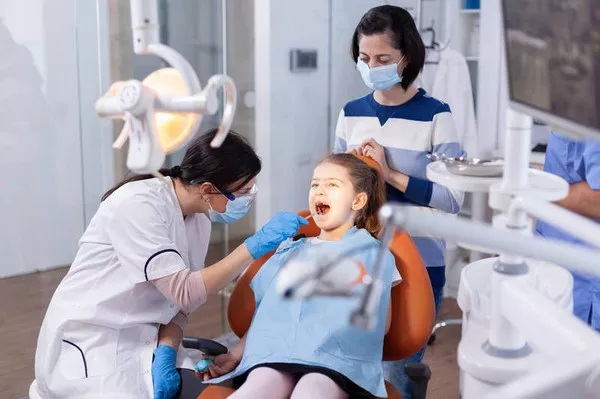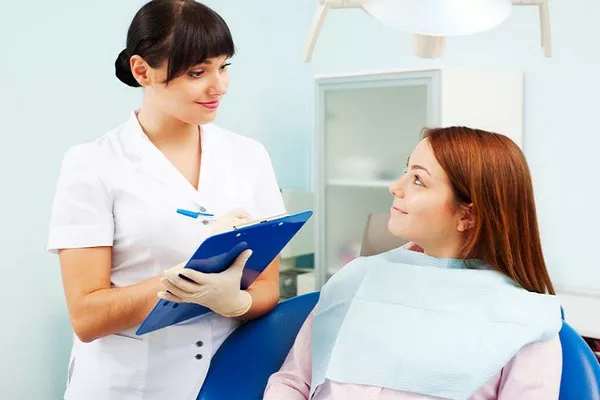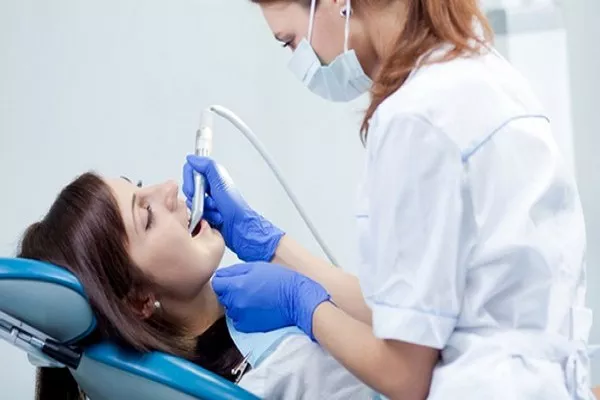As a concerned parent, it’s natural to notice changes in your child’s oral health and appearance, including the color of their teeth. If you’ve observed that your son’s permanent teeth appear yellow, you may have questions about the underlying causes and potential solutions. This article delves into the reasons behind yellowing permanent teeth in children, dispels common misconceptions, and offers guidance on maintaining their dental health and bright smile.
Understanding Natural Tooth Color
Before delving into the causes of yellow teeth, it’s essential to understand that tooth color can vary naturally. Factors such as genetics, age, and even individual differences in enamel thickness contribute to the color of teeth. While some variations are normal, persistent and significant discoloration may warrant attention.
Common Causes of Yellow Permanent Teeth
Enamel Development: During the formation of permanent teeth, variations in enamel thickness and mineralization can influence color. Thinner enamel may allow the underlying dentin, which can be naturally yellowish, to show through.
Diet and Hygiene: A diet rich in pigmented foods like berries, tomato sauce, and certain beverages can contribute to staining. Inadequate brushing and flossing can allow these stains to accumulate over time.
Fluorosis: Excessive fluoride intake during tooth development can lead to fluorosis—a cosmetic concern characterized by white or brown spots on teeth. In severe cases, the teeth can appear yellow or brown.
Early Childhood Tooth Decay: Poor oral hygiene in early childhood can lead to tooth decay, which may present as yellow or brown spots on the teeth.
Medications: Certain antibiotics, such as tetracycline, taken during tooth development can cause permanent tooth discoloration.
Genetics: Genetic factors can influence the natural color of teeth. Some individuals are more prone to yellow or darker teeth due to their genetic makeup.
Dispelling Misconceptions
It’s important to address common misconceptions regarding tooth color:
Whitening Toothpaste: Whitening toothpaste can remove surface stains but may not significantly alter the underlying color of teeth.
Natural Remedies: While some natural remedies claim to whiten teeth, their effectiveness is limited. Consult a dentist before trying any unconventional methods.
Seeking Professional Guidance
If you’re concerned about your son’s yellow permanent teeth, consider the following steps:
Consult a Dentist: Schedule a dental appointment to determine the cause of the discoloration. A dentist can provide accurate diagnosis and tailored recommendations.
Professional Cleaning: Professional dental cleanings can remove surface stains, improving the appearance of teeth.
Fluorosis Management: If fluorosis is the cause, your dentist can suggest appropriate treatment options, such as microabrasion or veneers, to enhance tooth appearance.
Dental Hygiene: Emphasize proper brushing and flossing habits to prevent further staining and maintain oral health.
Nutritional Changes: Reduce the consumption of staining foods and beverages and encourage a balanced diet rich in fruits, vegetables, and water.
Conclusion
Yellow permanent teeth in children can be caused by a variety of factors, including natural variations in enamel thickness, diet, hygiene, and genetics. Understanding the underlying causes and dispelling misconceptions is crucial for addressing your concerns effectively. By seeking professional guidance, maintaining proper dental hygiene, and making informed choices about diet and oral care, you can support your son’s oral health and ensure that his smile remains bright and confident throughout his life.
Related Topics:





























